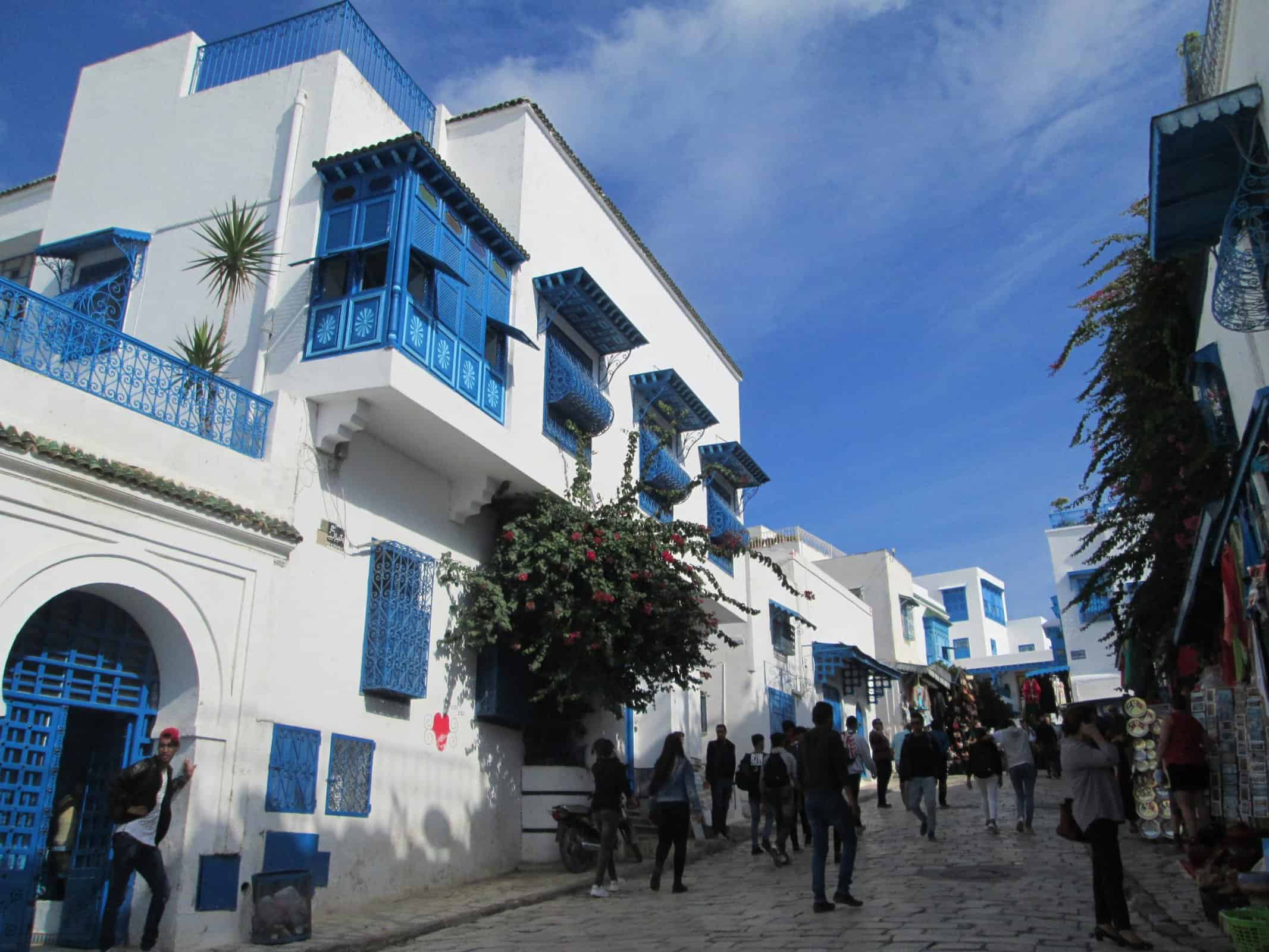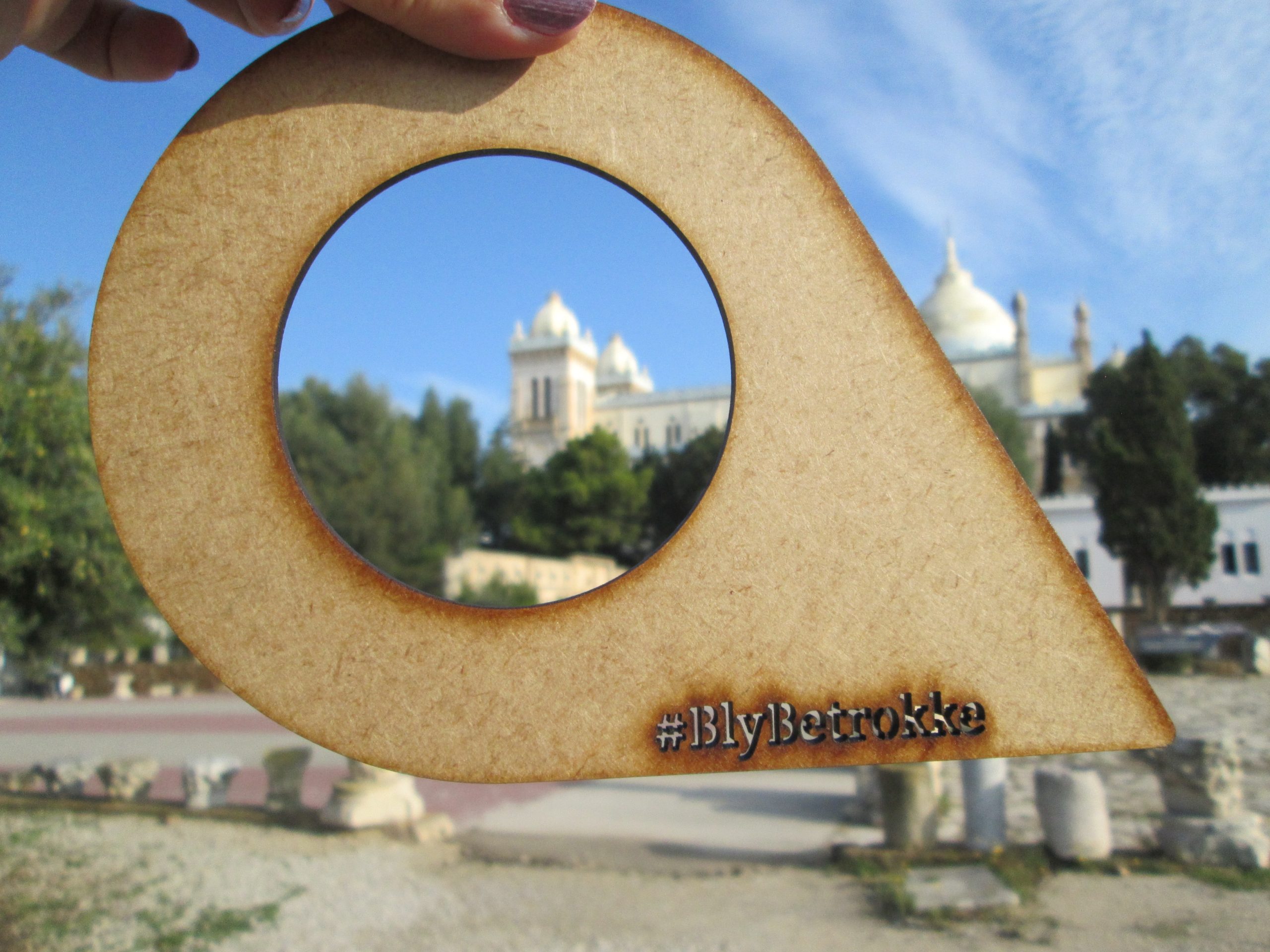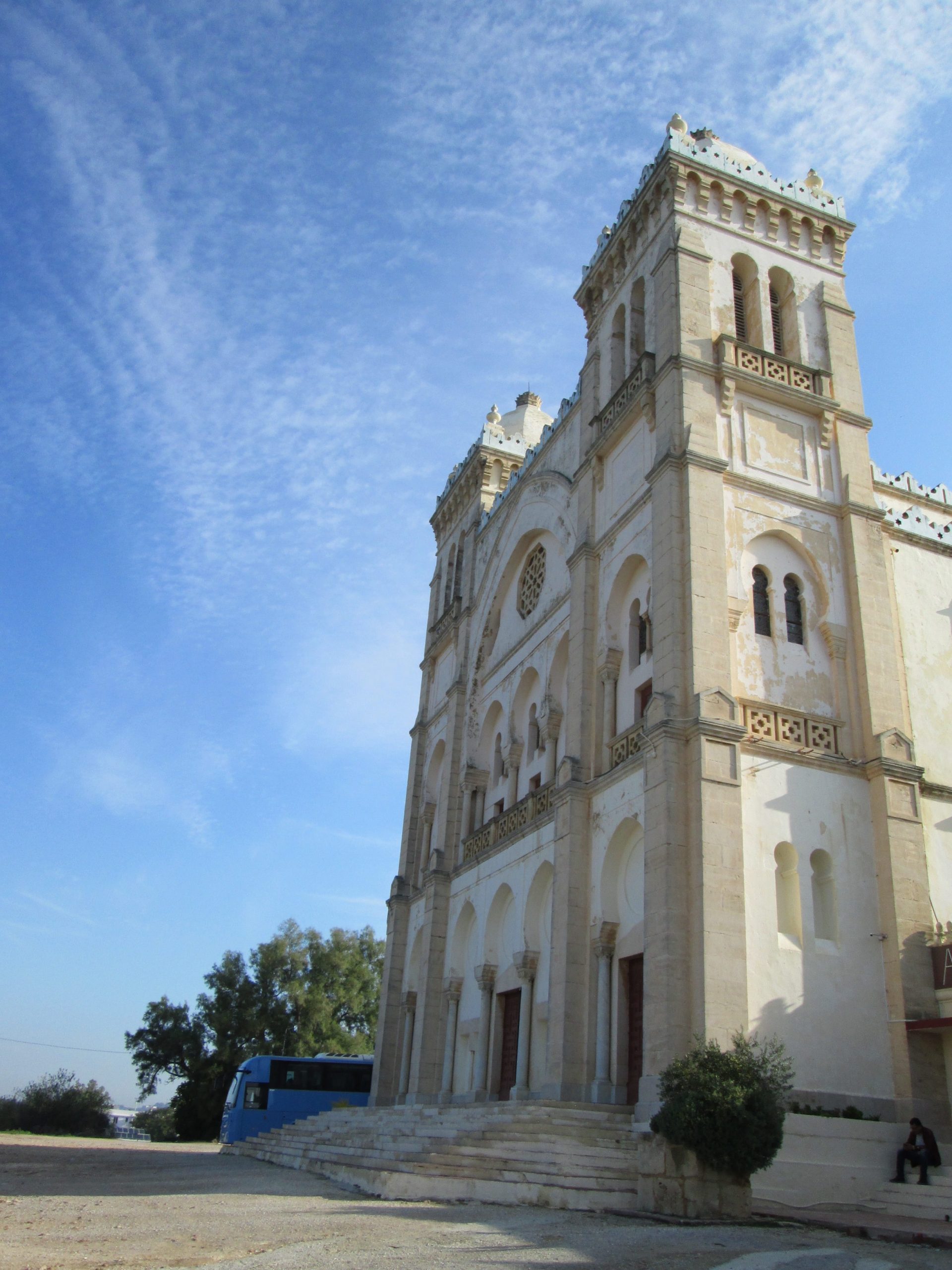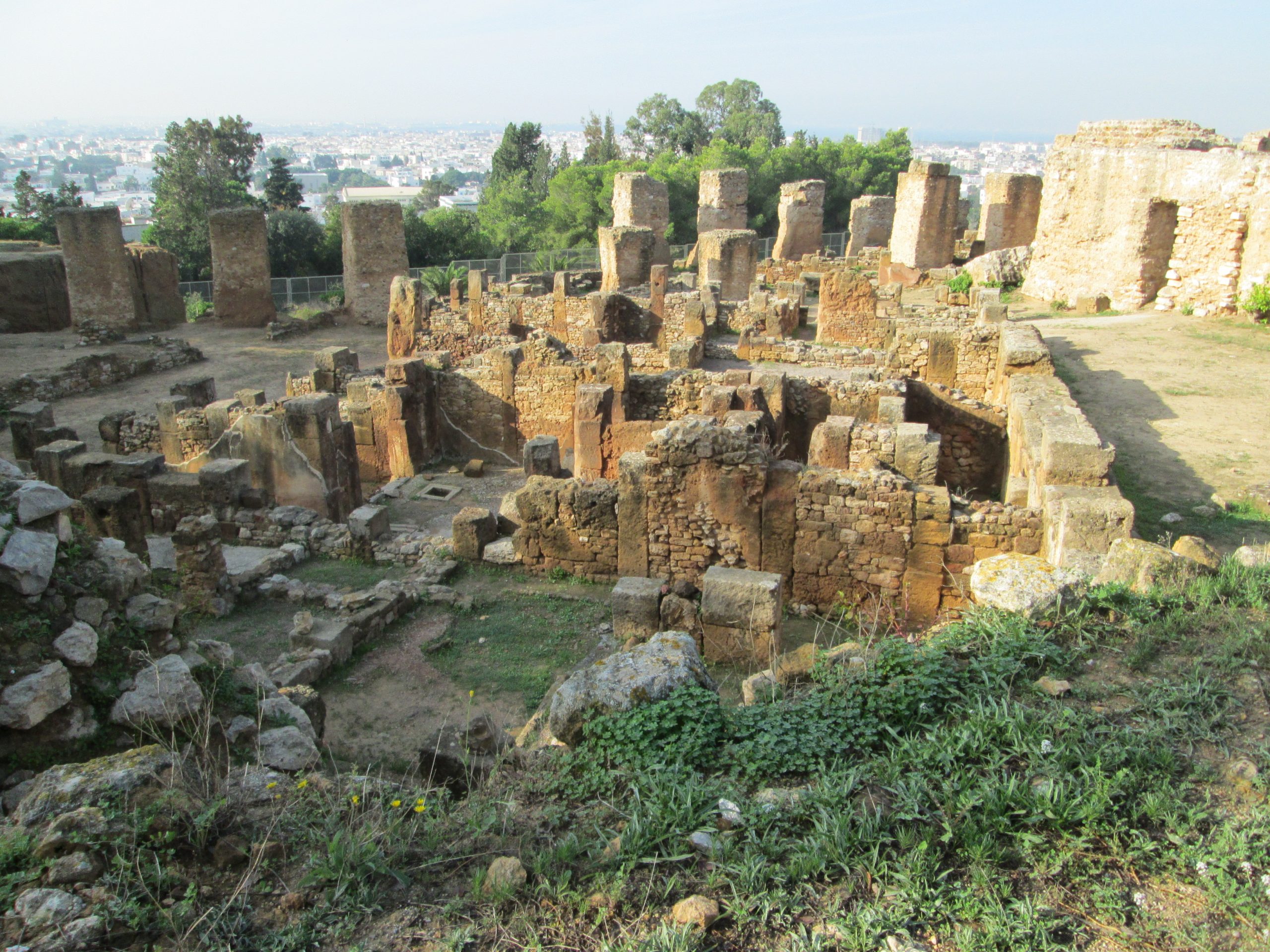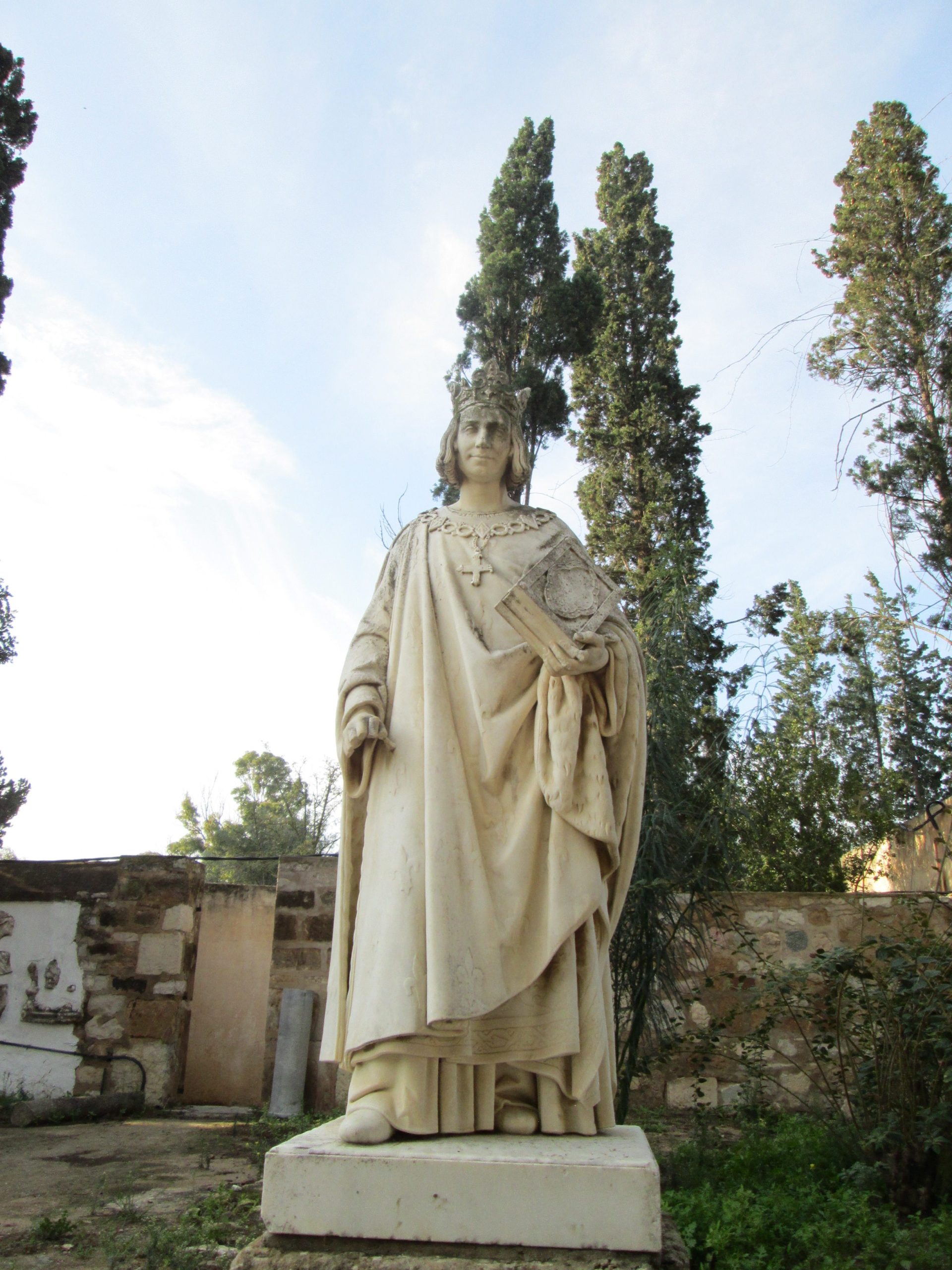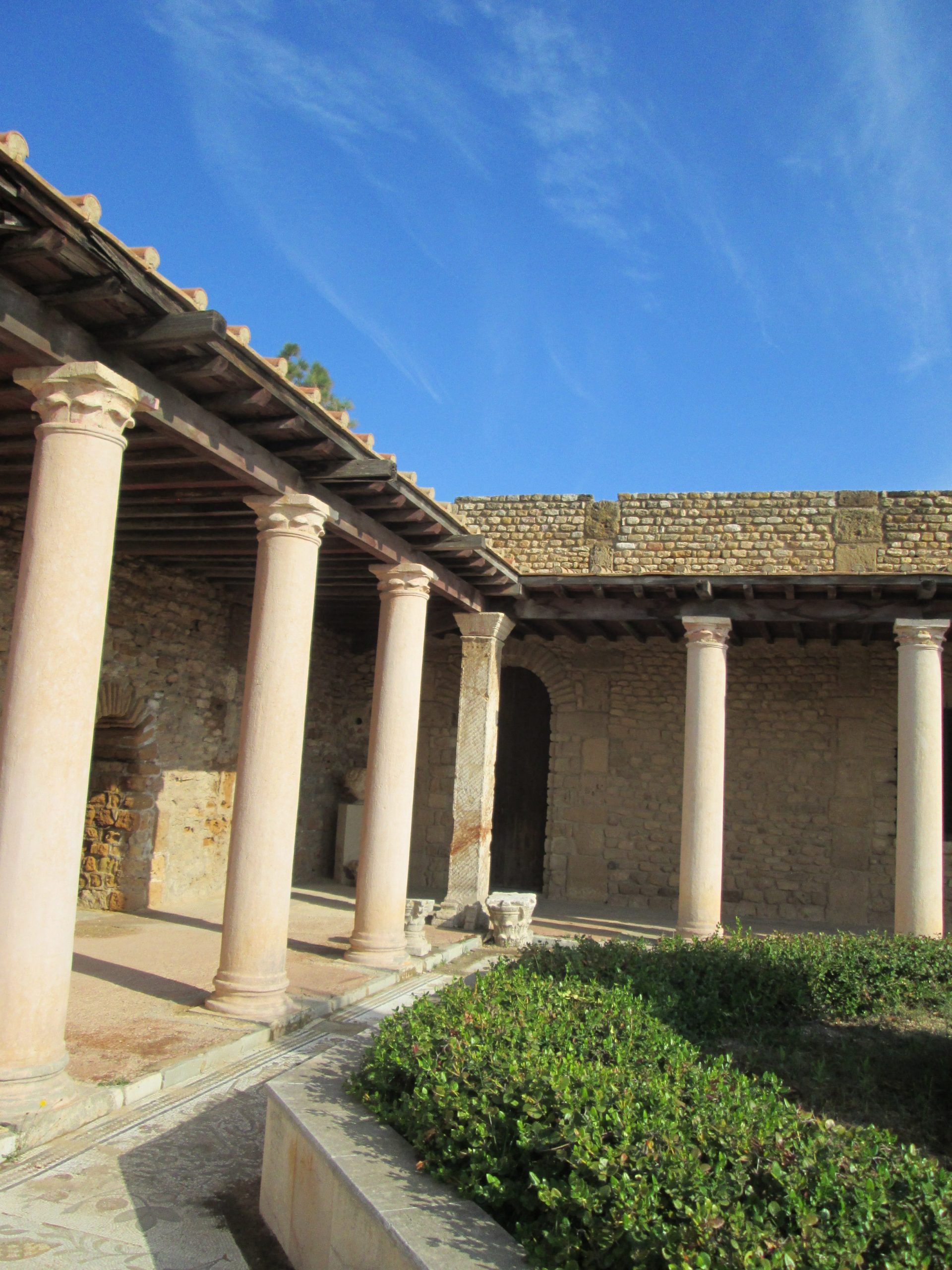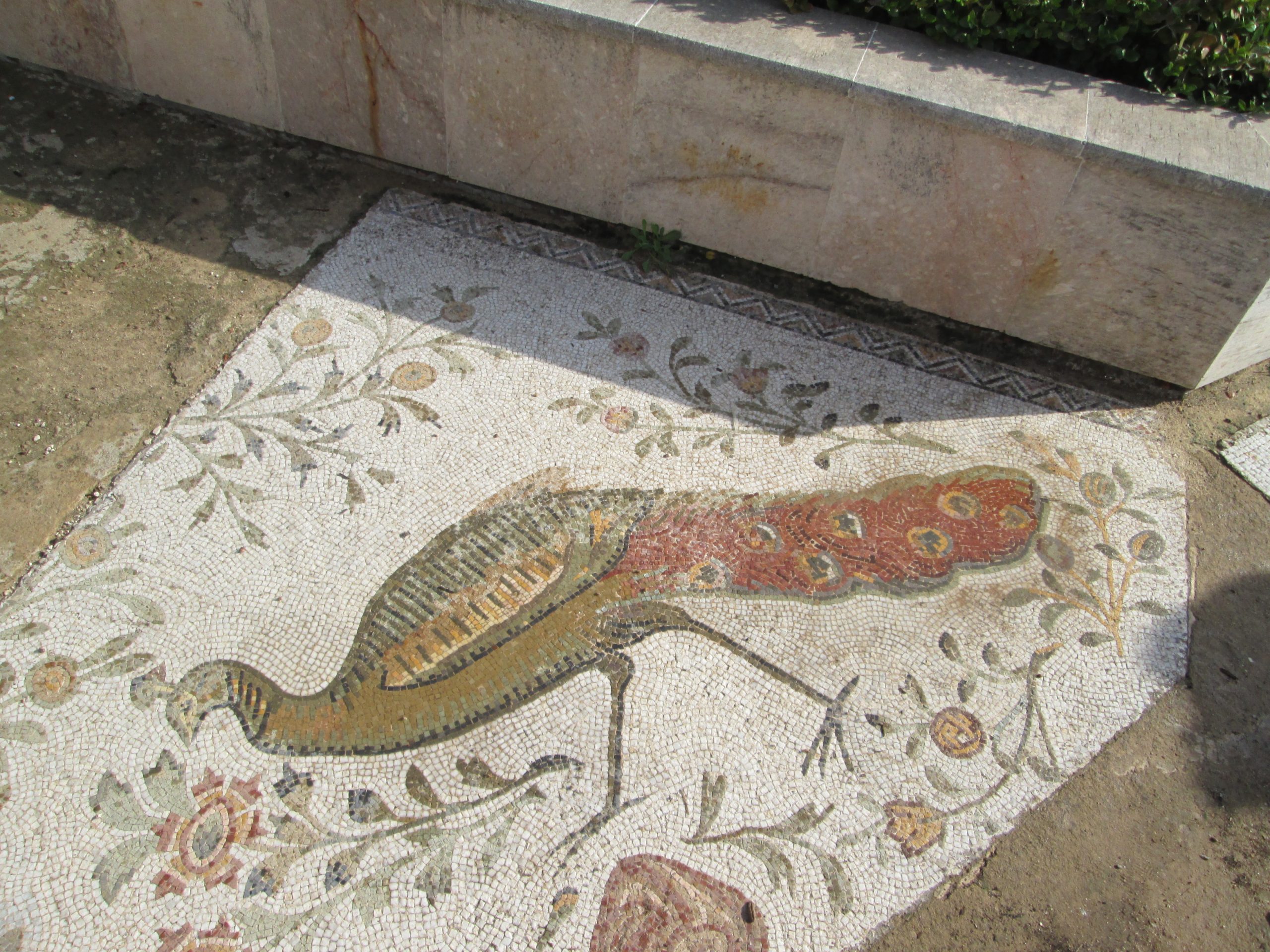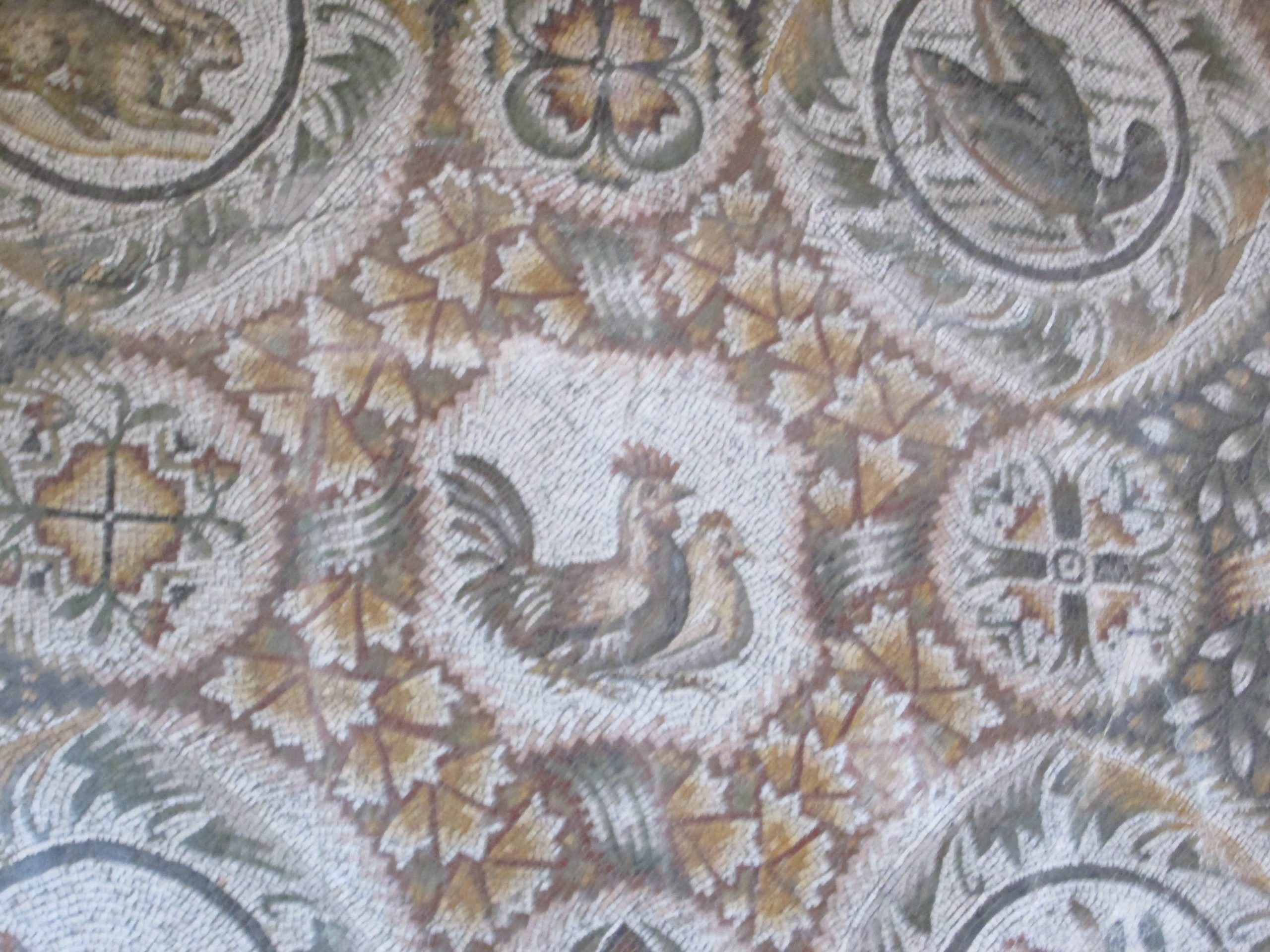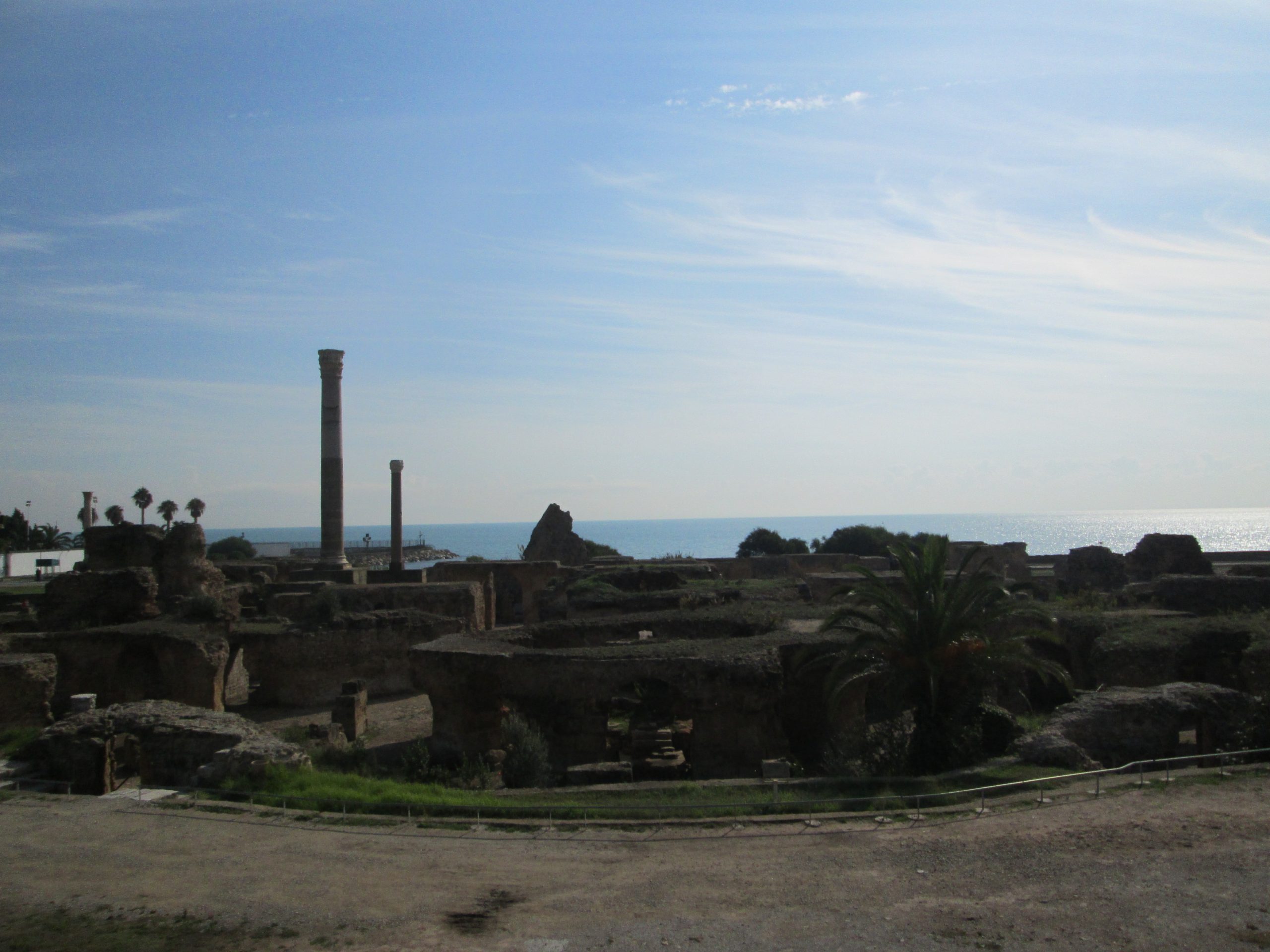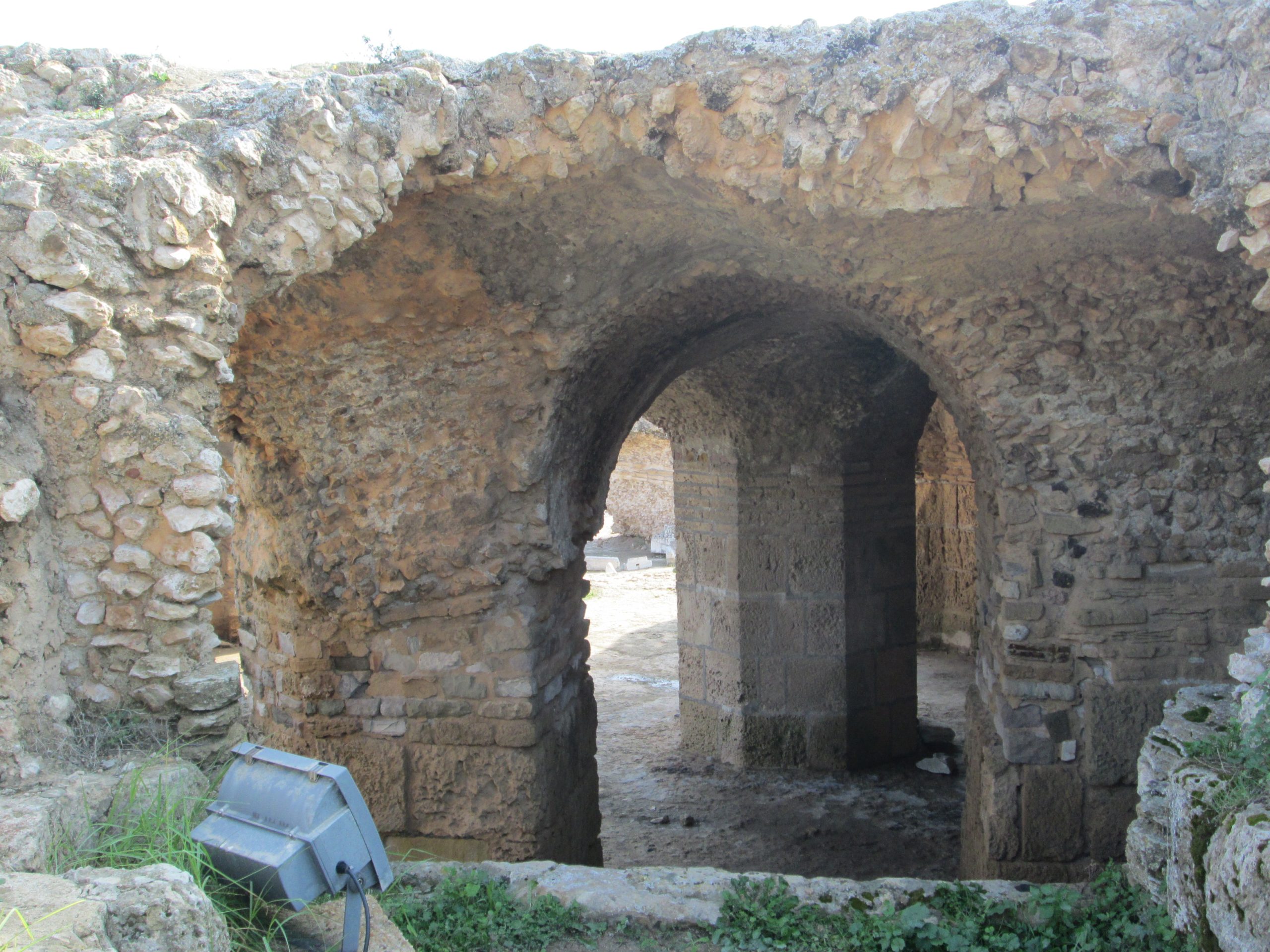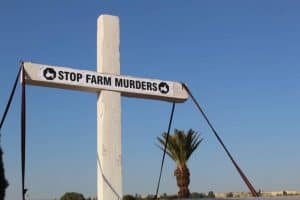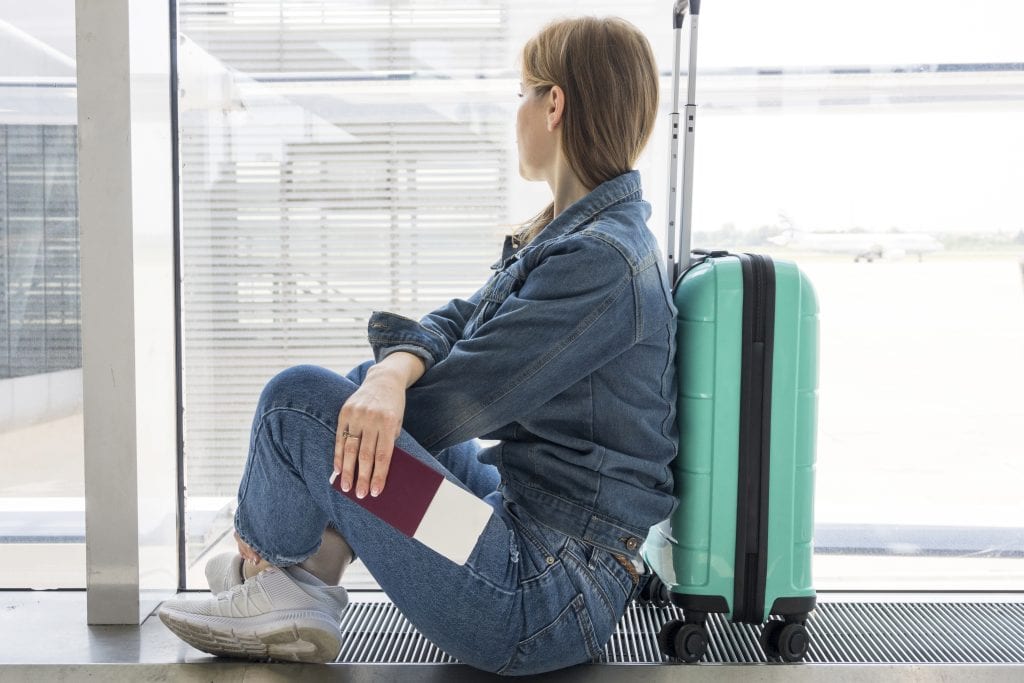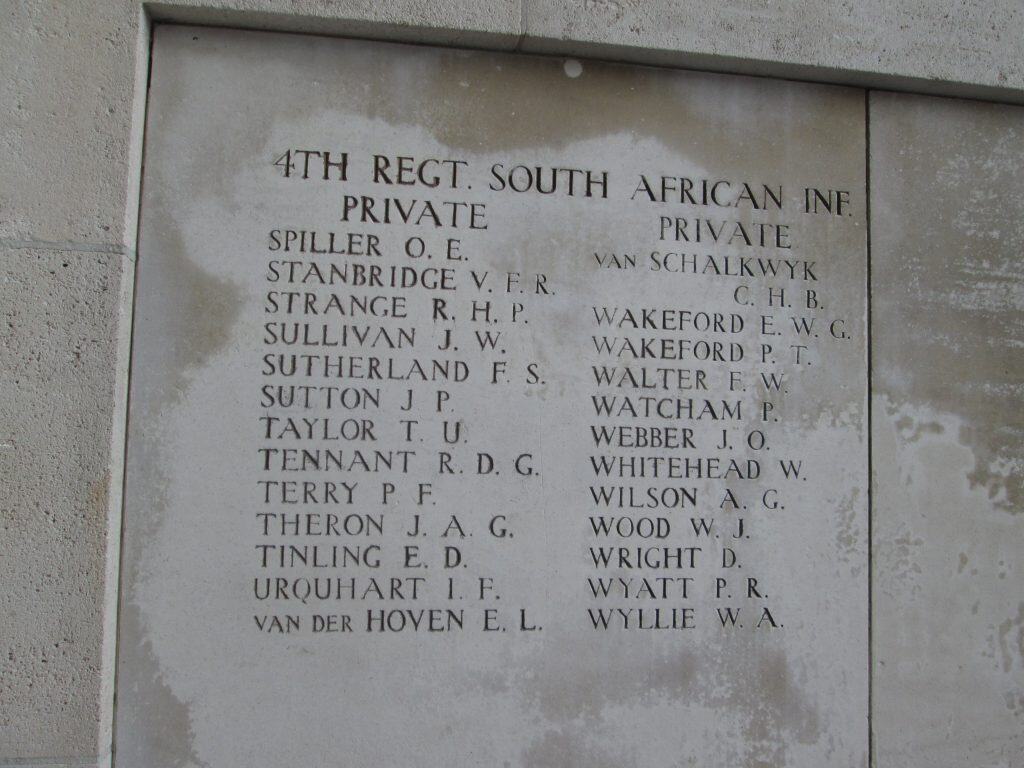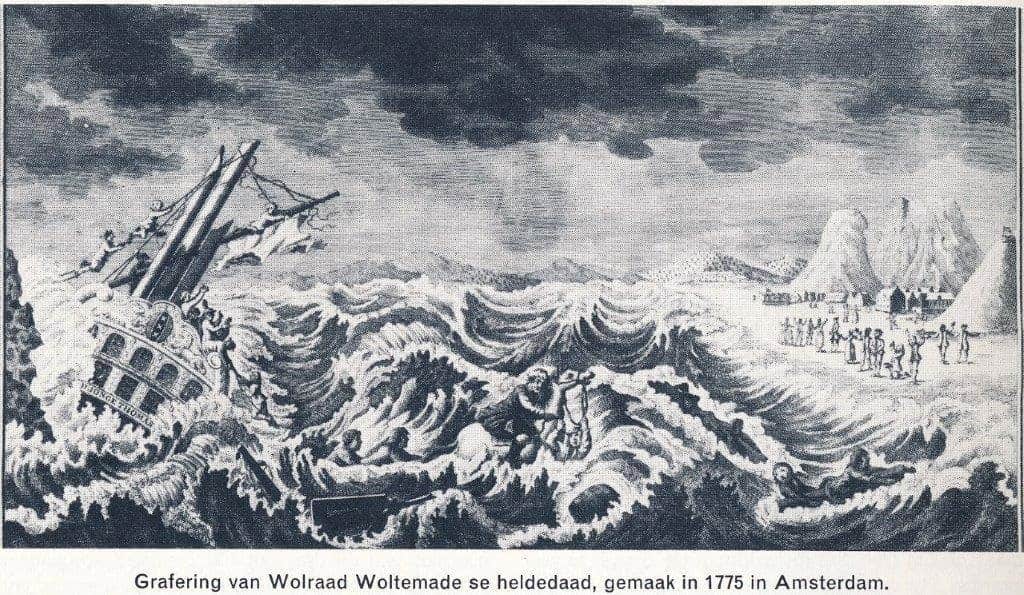Tunis alkhadra is the Arabic for Tunisia, the green one and points out that it is a huge misconception to think of this country as a desert. Tunisia is located in North Africa on the Mediterranean Sea, between Algeria and Libya and right across Italy. The south is arid, but the north is fertile and green with a Mediterranean climate. Tunis is the capital of Tunisia.
I had the privilege to visit Tunis for two full and two half days. The aim was to participate in the first meeting of the African-Middle East Regional Forum for Education: Language and the Human Rights of Minorities, organised by the UN and the Tom Lantos Institute. The event was a huge success. After two days of intensive discussions, attendees drew up a list of proposals for promoting minority languages in education. It will be passed on as recommendations to the twelfth session of the UN Forum on Minority Issues in Geneva, Switzerland, and will probably also be included in a UN guide for member countries dealing with these issues. It is a huge privilege for AfriForum to have its input acknowledged and used at this level. I was the only attendee from Southern Africa; hopefully attendance from our region will increase in the future.
In the end, I only had four hours between sunrise and my return trip to see more of Tunisia itself. A friendly taxi driver took me to some attractions, including the following:
Byrsa Hill
Tunisia was initially inhabited by the Imazighen, also known by the more derogatory name Berbers. Legends have it that a princess, Dido (also known as Elissa), fled Phoenicia with her following in the ninth century before Christ after her brother, Pygmalion, killed her husband for power and possessions. She negotiated with the local leader of the Imazighen for land to build a city. Legend has it that the leader said she may get as much land as she can cover with a cowhide. She was smart and cut the skin into a skimpy thong that could span a huge piece of land. This is how the famous Carthage, once a more powerful city than even Rome, came into existence.
Carthage’s influence is no myth. It was Hannibal’s birthplace too. Foundations of the original Punic city, dating from the third century before Christ, can still be seen on Byrsa Hill. Some of the dwellings were up to five stories high and had complicated water supply systems.
Thanks to Carthage’s strategic position, the city could control the Mediterranean Sea. The Roman Empire wanted to break this dominance, and three fierce wars between the Romans and Punic citizens followed. In 146 BC Rome won the last battle, destroyed Carthage and took possession of the area. The Romans were later expelled by the Vandals; the Vandals were expelled by the Byzantines, and after that the Arabs colonised the area.
At the time, one civilisation merely built on top of the previous civilisation’s remains, so archaeological remains of the Punic, Roman, Vandal and Byzantine civilisations can be researched layer by layer on sites such as those at Byrsa.
There is a museum on Byrsa that showcases examples of the archaeological discoveries to the public, but it is currently being reorganised and so I could not visit it. I had to be content with an early morning stroll through the ruins. It was still an affecting experience.
A more ‘recent’ piece of history also took place on Byrsa. Louis IX (1214-1270) is the only French king ever declared a saint by the Roman Catholic Church. He became seriously ill and vowed that he would become a crusader if he survived the illness. After his miraculous healing, he participated in the Seventh and Eighth Crusade. During the Eighth Crusade, he and his men arrived in Carthage in 1270. Dysentery broke out among them and he died there. He was later reburied in the Basilica of Saint-Denis in France. In honour of him, a cathedral was built on Byrsa hill in 1884 on the site of an ancient temple. A statue of him was also erected there.
Roman villas
Near Byrsa Hill is an archaeological site where archaeological teams with members from 23 countries sometimes participate in excavations. A dear local archaeologist showed me the mosaic floors that were discovered and are being restored, as well as the remains of the luxurious ‘Birdcage villa’, named for its likeness to a covered courtyard with beautiful mosaic floors depicting birds. The patterns on the floors indicate the age. The oldest ones are merely geometric patterns. The Romans created picturesque, multi-coloured floors. Roughly a century after Christ, the cross appears as a symbol in the mosaics. Then came the Vandals, who preferred geometric patterns and whose swastikas were a popular symbol. The area is well located with a beautiful view of the Mediterranean. Even Emperor Hadrian had a holiday villa there.
Tophet
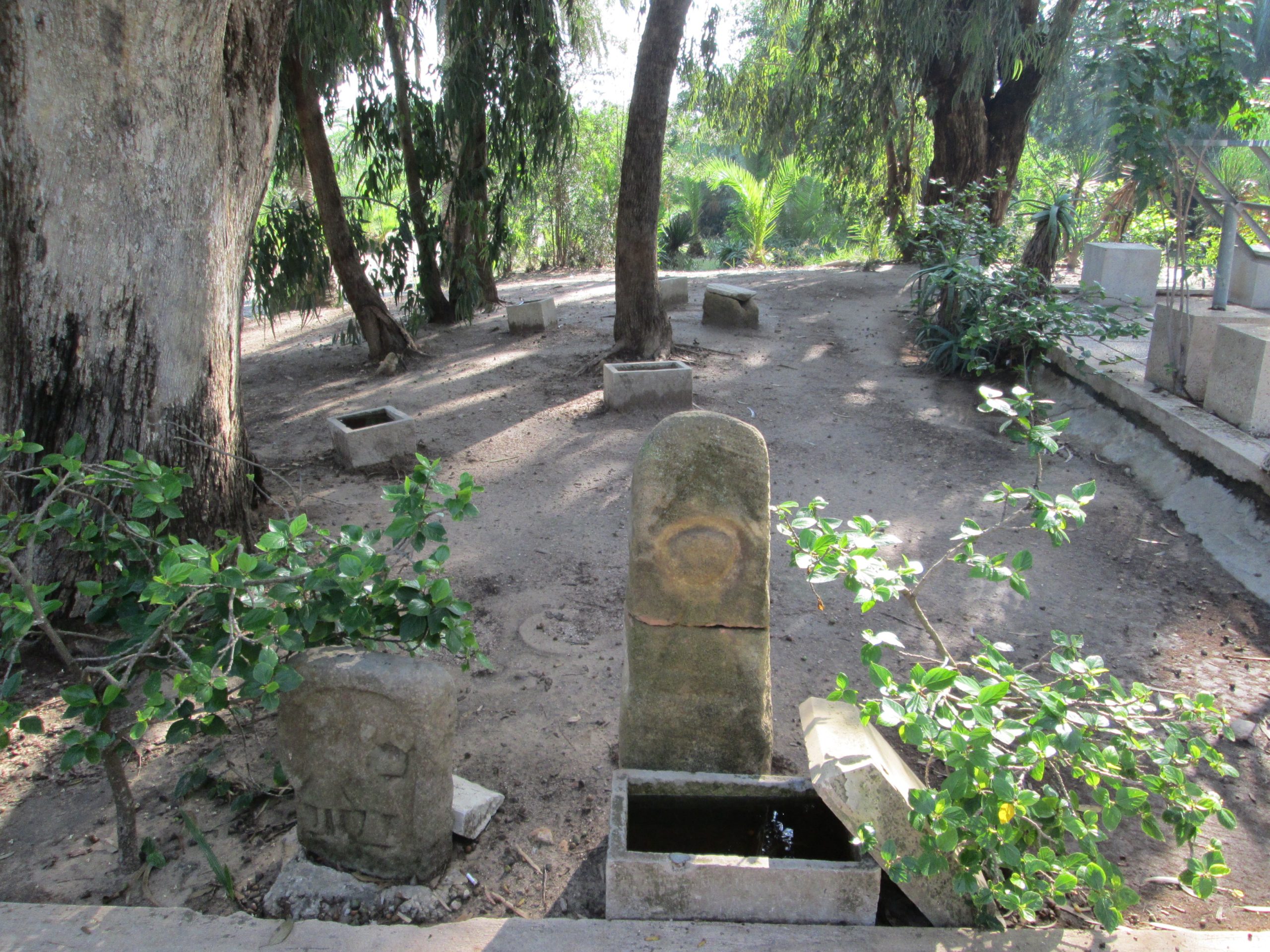
Some horrific events are also part of Carthage’s history. The Phoenicians of Carthage sacrificed children to Tanit and Baal. For years, the practice has been denied, but archaeologists have found undeniable evidence of it over the past decade. They estimate that more than 20 000 children died like that during the Phoenician period. Their remains were then buried in urns with tombstones on it.
Roman Baths of Antoninus
The third largest public bathing complex ever built in the Roman Empire was erected in Carthage. These Baths of Antoninus, as it was known, could house more than 500 people at a time in gyms, heated and cold pools, bath areas and changerooms. It is surrounded by the ruins of shops and villas. Water for use by the baths and households was brought 132 km from the interior with the Zaghouan Aqueduct. The modern palace of the Tunisian president is right next to the complex. The president was only just elected on 15 October 2019, and heavily armed soldiers guard the palace wall. Politically the country is looking stable, but everyone is still holding their breath.
Sidi Bou Said
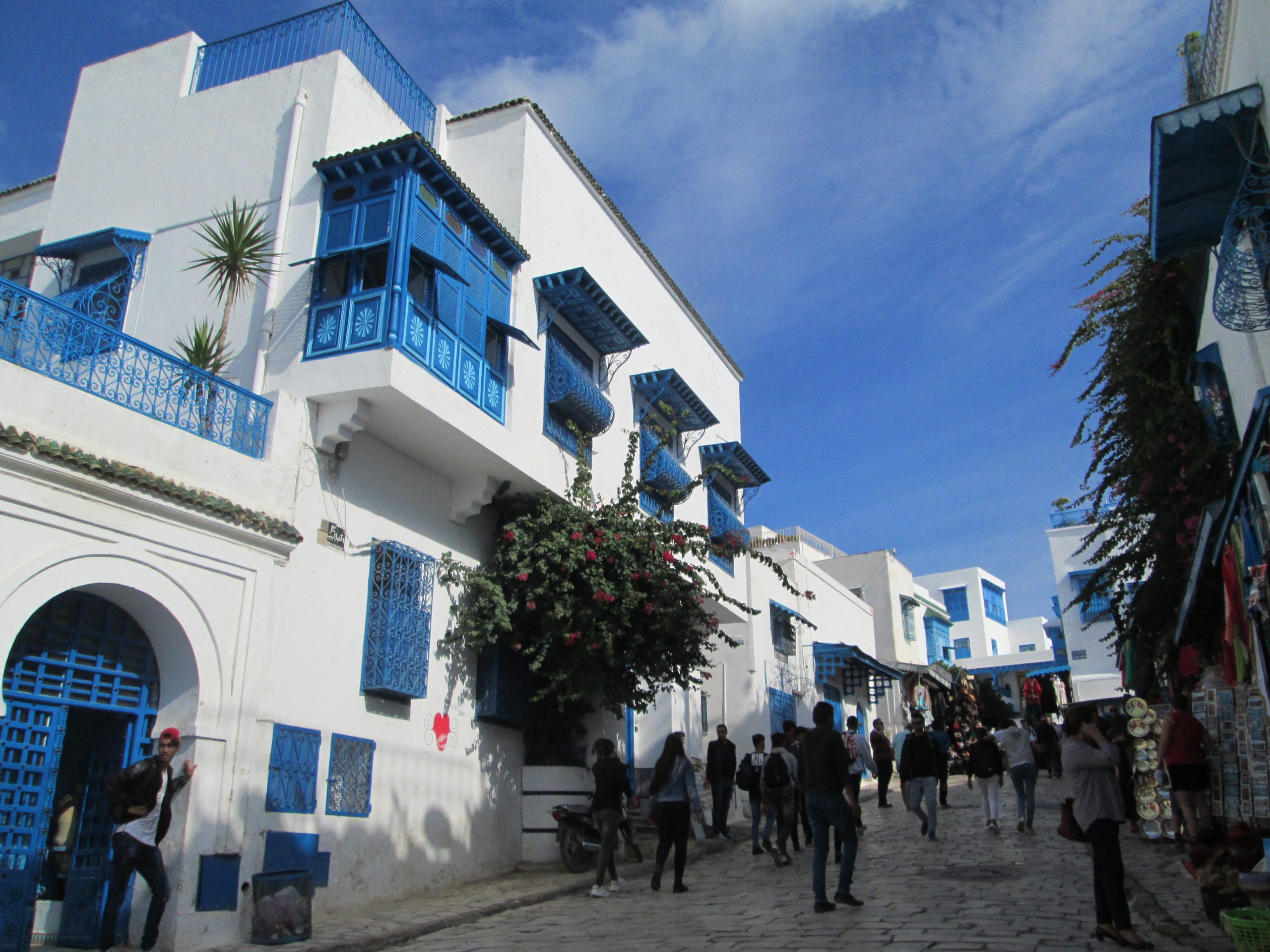
This beautiful village lies on a hill above the Mediterranean Sea, just north of Tunis. The white buildings and bright blue doors and windows are characteristic of Sidi Bou Said. Everywhere bougainvillaea flow in bright colours over the bright white walls. Many people live there, including artists and shopkeepers. Some of the houses are nowadays also used as accommodation for tourists. It is a great place to have tea, shop and explore.
Tips for a visit to Tunisia
- Few direct flights are available to Tunisia. You can, however, easily get there from Paris, Rome and Dubai.
- South Africans do not need visas. You literally walk through passport control and begin your adventure.
- The first language of Tunisians is Arabic, the second French and the third English. With English only you will struggle… But the people are very friendly and helpful.
- Food is cheap and delicious, especially stews and seafood, pomegranates and dates. Deliciously refreshing teas and lemonade are available.
- Typical Tunisian products are mosaic work, camel leather products, traditional kaftans, carpets, weaving and ceramics.
- If you want to buy a mosaic, look at it in bright light. Real marble mosaic will let through some light, but fake marble, which is just a sand paste, will not.
- Shopkeepers, hawkers and taxi drivers can be very intimidating. Quibble about prices, and if you can, don’t do business all by yourself.
- The Tunisian dinar is a closed currency. This means you may not take cash in or out of the country, but you can exchange other currencies for dinar anywhere. On the way out of the country, you must show proof of the exchange transaction in order to trade back the money. I simply withdrew money from an ATM. There are many ATMs and they accept most types of cards, such as Master and Visa. Many stores and service providers will also gladly accept US dollars or euros. At the airport you can spend your last dinars on Tunisian products or refreshments if you do not want to trade them back.
- No vaccinations are needed for Tunisia but beware of fresh fruits (stomach disorders) and stray animals (rabies).
- Visit the historic sites with a good guide. Without it, you do not know what you see, because often there are no labels or it is unreadable. Information about the country is also sadly limited on the internet. Money is scarce and museums and historic sites are clearly struggling. If someone ‘voluntarily’ reports as a guide, remember that they expect a fee. Rather agree on that before the tour starts.
I’m sure the country has much more to discover. Visit Tunis alkhadra and experience your own adventure.

